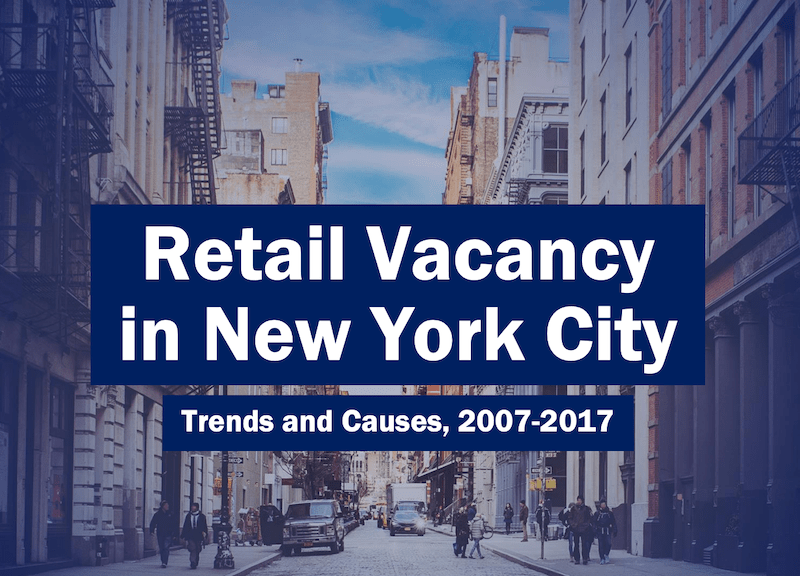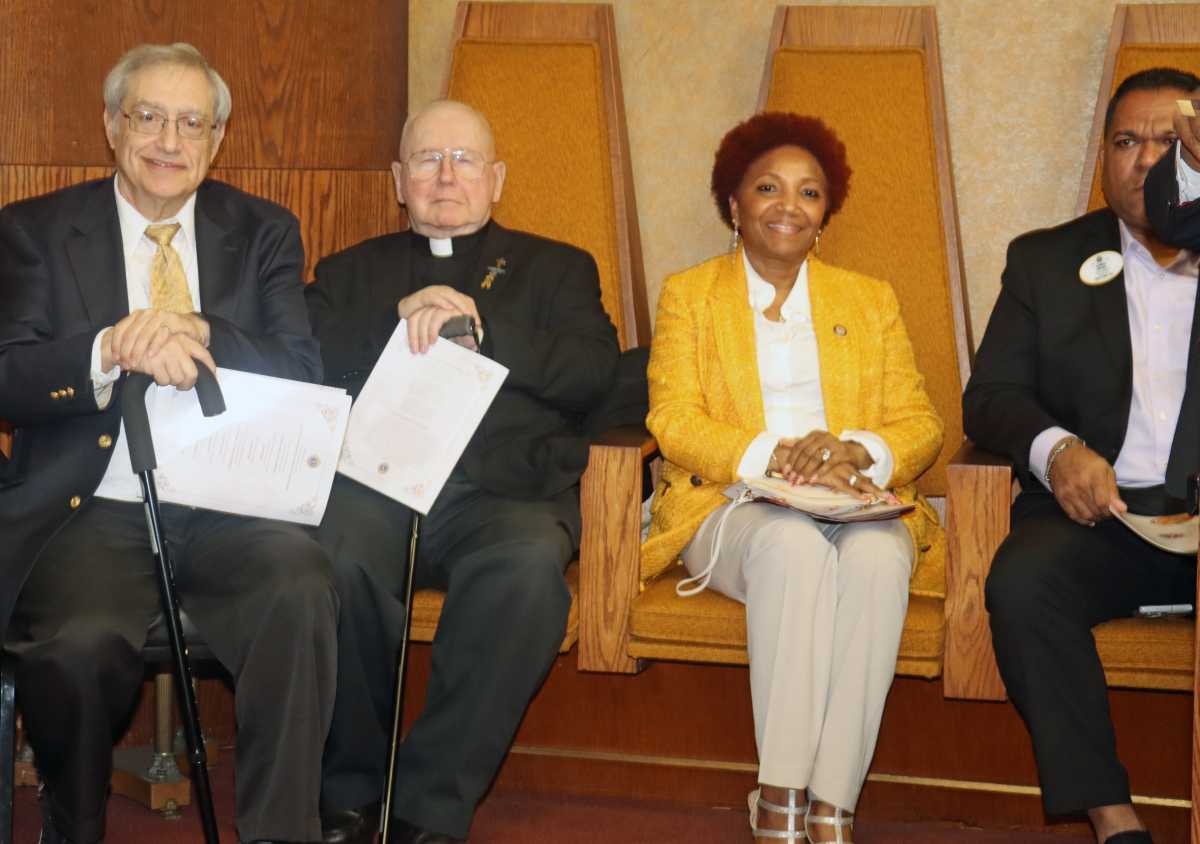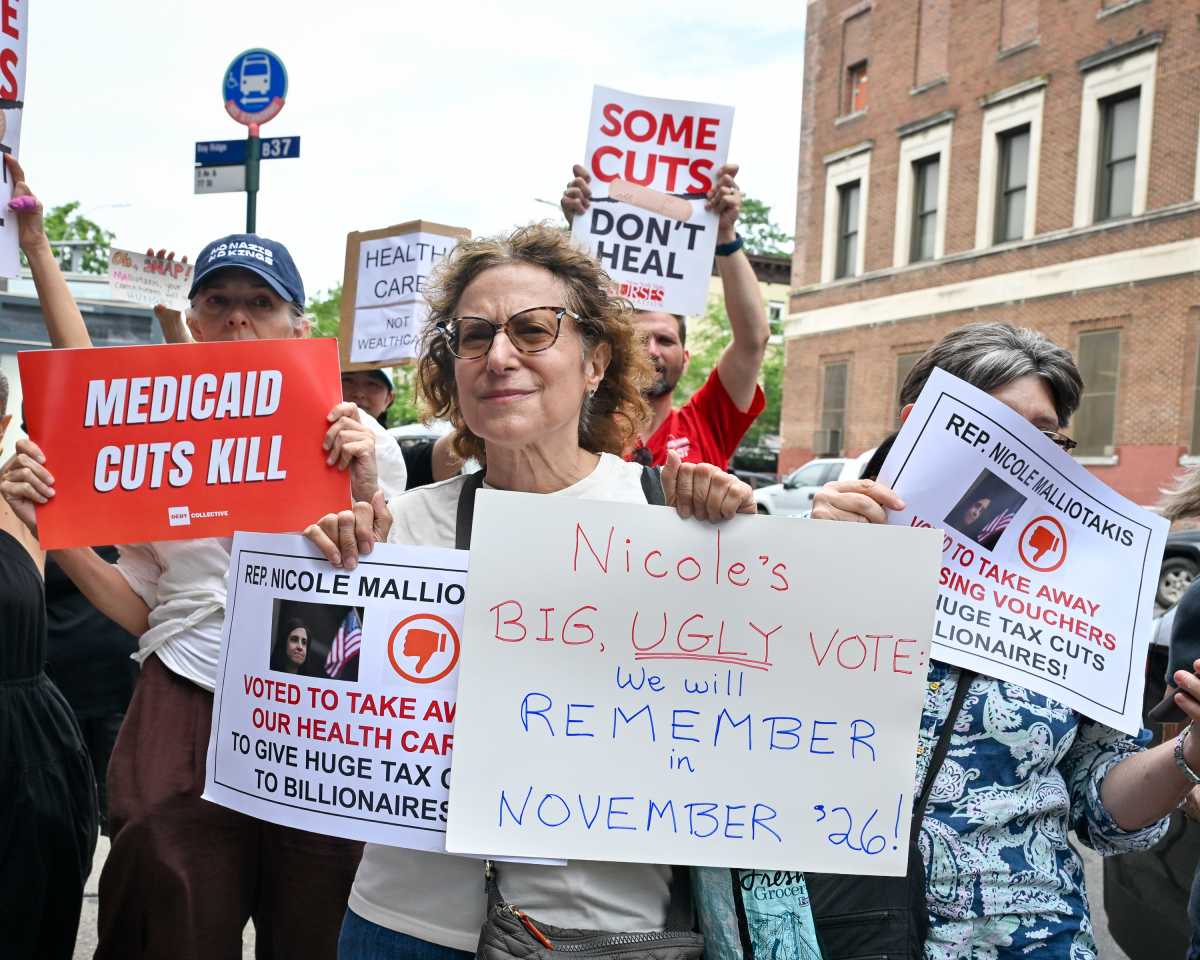Williamsburg, Bedford-Stuyvesant/Bushwick and Boerum Hill are ground zero in the increase of storefront vacancies, according to a startling report that Comptroller Scott Stringer released yesterday.
The reported collected data from 2007-2017 from each borough and found the that the vacancy rate rose nearly 50% across the city. Although the city’s economy has grown over the past decade, with 330,000 new residents and 660,000 new jobs created, barren storefront have become all too common, with many staying vacant for months and years, the report found.

In its findings, the report highlights three factors that have had a significant impact: the “Amazon Effect” or the rise of online retailing, rising rents and regulatory burdens. Within the report, the Comptroller provided a set of 24 neighborhood profiles which track trends in rent costs, property taxes, total retail square footage, and regulatory burdens.
Boemum Hill, for example, a neighborhood with a total retail space of 2.5 million square feet as of 2017, had a vacancy rate of 2.70% in 2007 with the square footage of 33,852. The latest data from 2017 shows that that square footage has quintupled to 193,015 square feet and a vacancy rate of 11.38%, according to the city’Department of City Planning Pluto Data.
Williamsburg, a trendy neighborhood whose residents have historically been Dominican and Hasidic Jews, has a total retail space of 1.7M square feet and 124 vacant retail spaces, or a rate of 14.16%. In a four year snapshot from 2013-2017, Williamsburg’s vacant square footage rose from 30,043 to nearly 74,000.
Bedford-Stuyvesant and Bushwich, another trendy neighborhood has a 176 vacant retail spaces, the report found.
The report revealed that within these neighborhoods, there has been a rise of chain stores and services oriented businesses like restaurants and bars, but also personal services like boutique fitness spaces, nail shops, salons and barbershops.
The rise of e-commerce and online shopping has given way for businesses like these to step in. Amazon saw a rise in sales from $14.8 billion in pre-recession 2007, to $177.9 billion in 2017. Regression analysis shows Amazon sales are associated with retail vacancy. In a ten year period, NYC vacant retail square footage rose by nearly one percentage point.
Stringer proposes creating a more small-business friendly city to transform the face of retail storefronts. A series of recommendations included in the report included a tax incentives for independent merchandise retailers in high-vacancy pockets, incorporating retail demand into neighborhood planning, and creating a multi-agency task force that assists new businesses by coordinating and expediting regulatory actions.
“Change is the one constant in New York City – and sometimes, change can be overwhelming. Even as our economy has grown, many mom-and-pop stores have been left behind, transforming spaces once owned by local small businesses into barren storefronts,” said Stringer.
“This isn’t just about empty buildings and neighborhood blight, it’s about the affordability crisis in our city. We need to use every tool in the box to tackle affordability, support small businesses and ensure New Yorkers are equipped to succeed in the new economic reality,” he added.










